Hirokawa Temple: The Poet Saigyo and Sakura
Hidden on the outskirts of Osaka Prefecture is the little-known Hirokawa Temple. Many tourists have never heard of this temple, but not only was this Hirokawa Temple home to one of Japan’s greatest poets, Saigyo, who is also known as the “Sakura Poet”, it is also one of the best spots in the prefecture to enjoy sakura in Osaka.
Hirokawa Temple
Temple Grounds
Hirokawa Temple dates back to 665 C.E. when it was built by En no Gyojya. Over the years, the temple has been home to several famous monks and then of course, Saigyo also came to practice in Hirokawa in 1189.
Saigyo was born in 1118 to a rich samurai family. In his youth, Saigyo was selected to join the Hokumen no Bushi, an elite samurai group directly controlled by the emperor. However, at 22 Saigyo abandoned his status and became a monk. It is not clear what motivated Saigyo to become a monk. He walked all over Japan occasionally taking up a hermitage in a remote location.
What seemed to move Saigyo in particular, however, were cherry blossoms. He wrote as many as 230 poems about sakura.
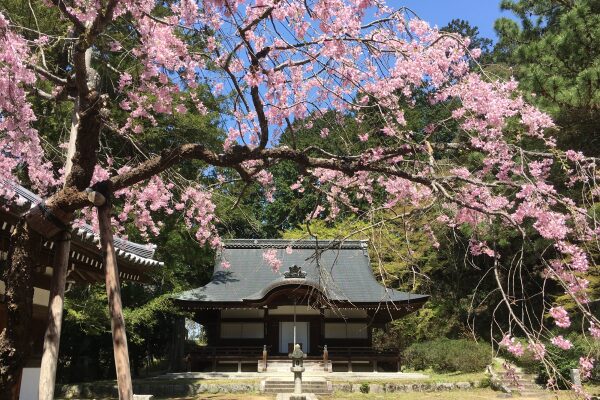
Saigyo wrote many poems. One of Saigyo’s most famous poems reads:
「願わくは 花の下にて 春死なん その如月の 望月のころ」
“May I pass away in the springtime, under the cherry blossoms when the February moon is full, as Buddha died.”
In 1190, just as it had been penned years before, Saigyo died during peak sakura season in Hirokawa Temple in Osaka.
The most iconic sakura tree at Hirokawa Temple bears the name “Suyazakura” and is just past the temple’s entrance.
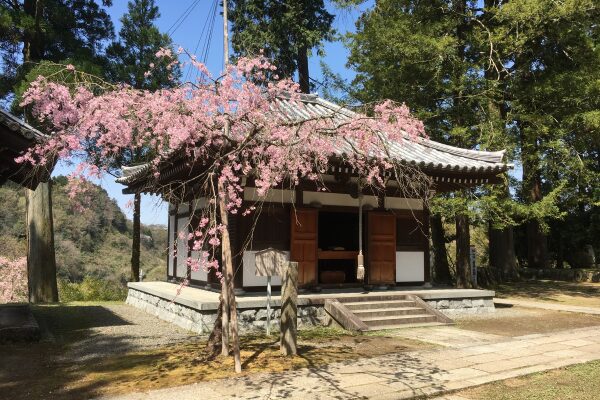
Hirokawa Temple also has a small museum dedicated to Saigyo and his works. It is a small fee to get in, but if you are curious you should take a look.
Inside the museum is small garden that has a very special kind of sakura tree, called kaido. This particular kaido at Hirokawa is over 350 years old! Kaidou bloom a little later than the more common kinds of sakura, so sadly it wasn’t ready when we visited.
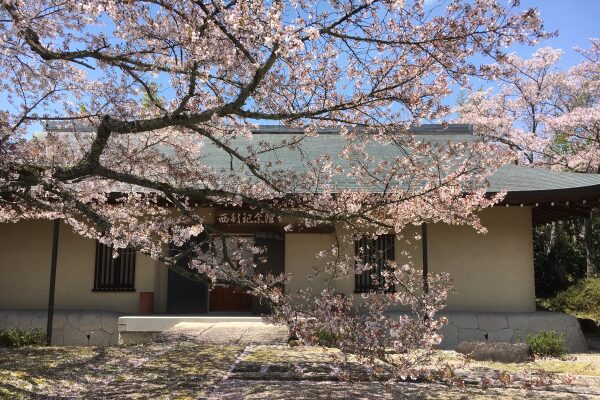
Saigyo no Sakurayama
To get to Saigyo’s grave, follow the path (below) just to the right of the hondo. The path will take you on a short hike up the mountain.
Even hundreds of years after his death, Saigyo’s works continued to attract a loyal following, including a monk called Jiun. Jiun was so deeply moved by Saigyo’s poetry that he moved to Hirokawa Temple just to be closer to the memory of the Sakura Poet. He planted over a thousand sakura trees near Saigyo’s grave to commemorate the deceased poet.
Jiun built the hut during the Edo Period to commemorate Saigyo.
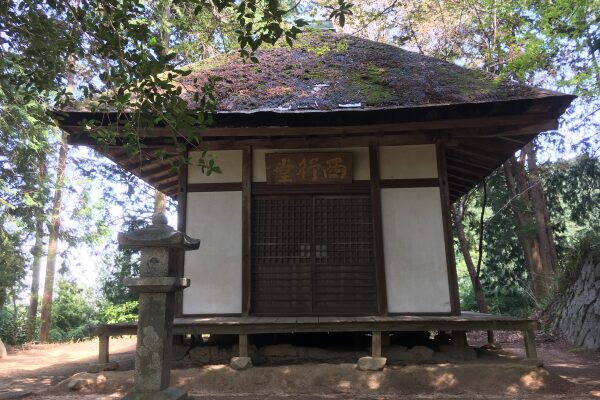
Saigyo’s remains are inside a small burial mound on the mountain.
Forever close to the memory of Saigyo, is his devoted admirer Jiun. Jiun also has a burial mound, but it is noticeably smaller.
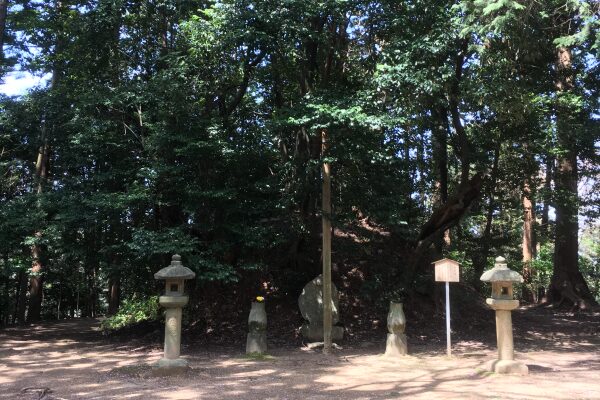
Once you have paid your respects to these great figures of Japanese literature, pay a visit to “Saigyo no Sakurayama”
While it is not a very long hike, it is immensely pretty when the sakura is in bloom. It seems that when Jiun planted the sakura trees, his aim was not to create a dense overwhelming forest of sakura, but rather to allow the pink of the sakura to compliment the other trees on the mountain.
The colors of the trees and the outline of Osaka City way off in the distance create a breathtaking view.
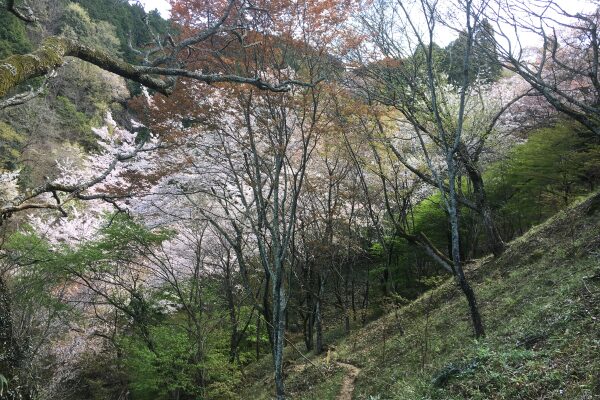
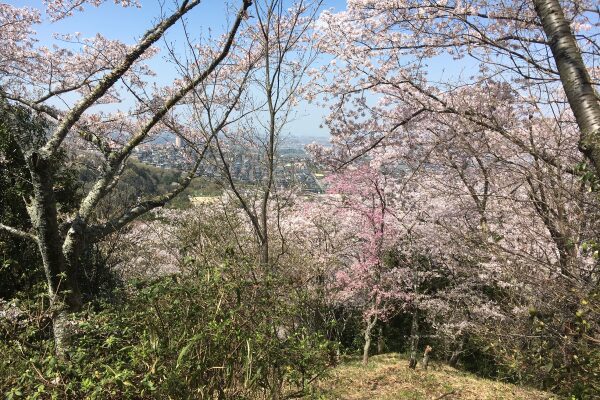
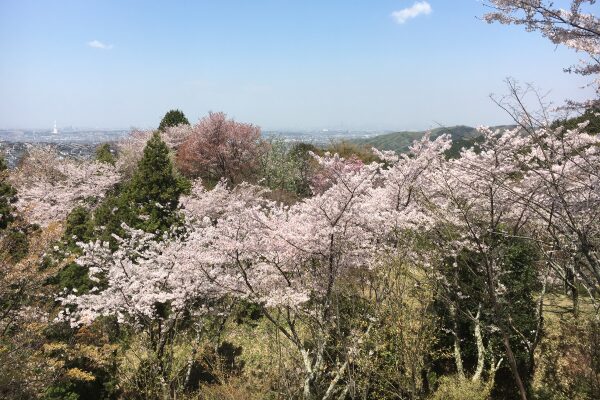
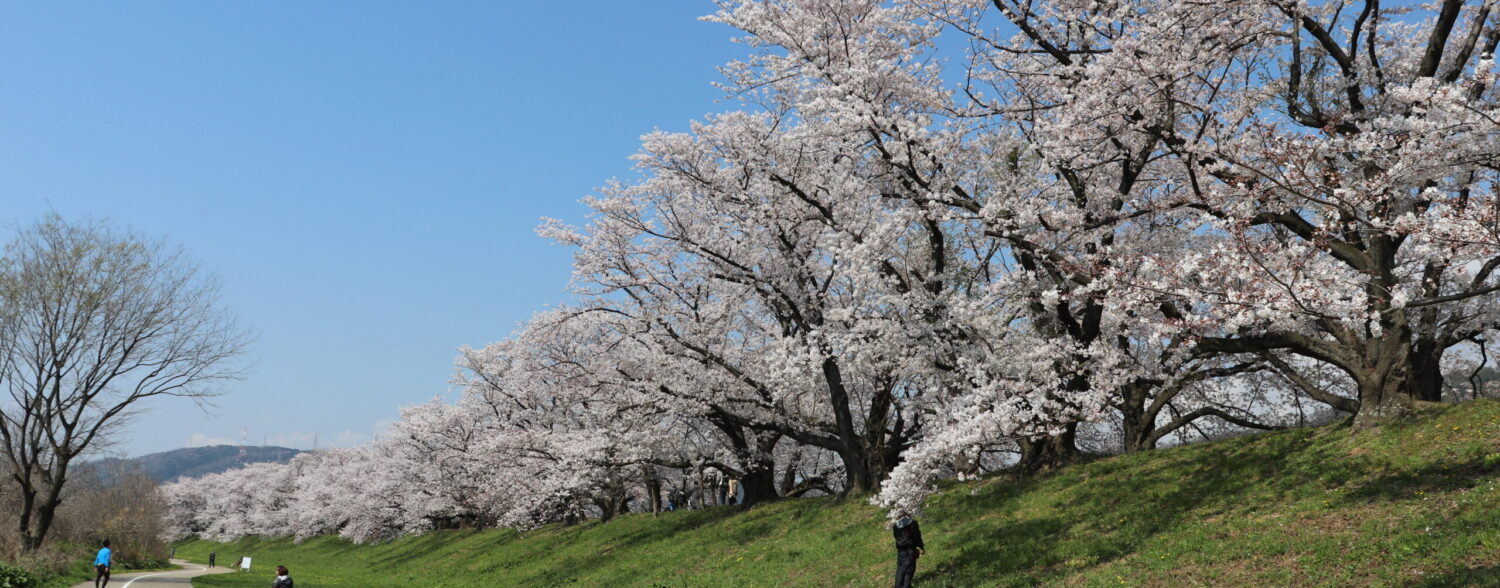
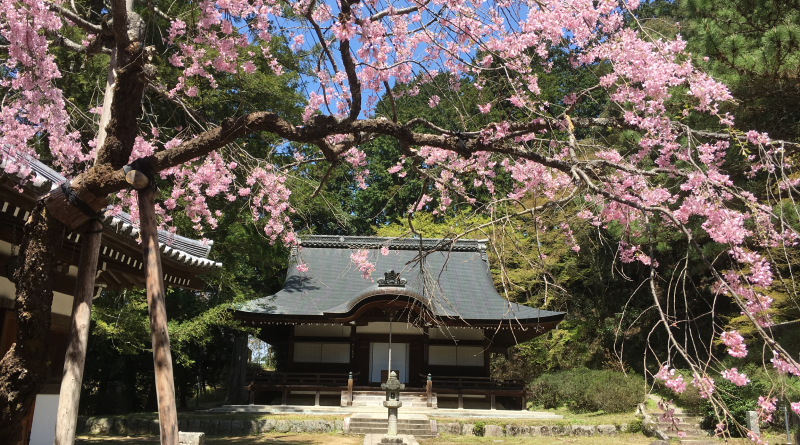
Leave a Reply